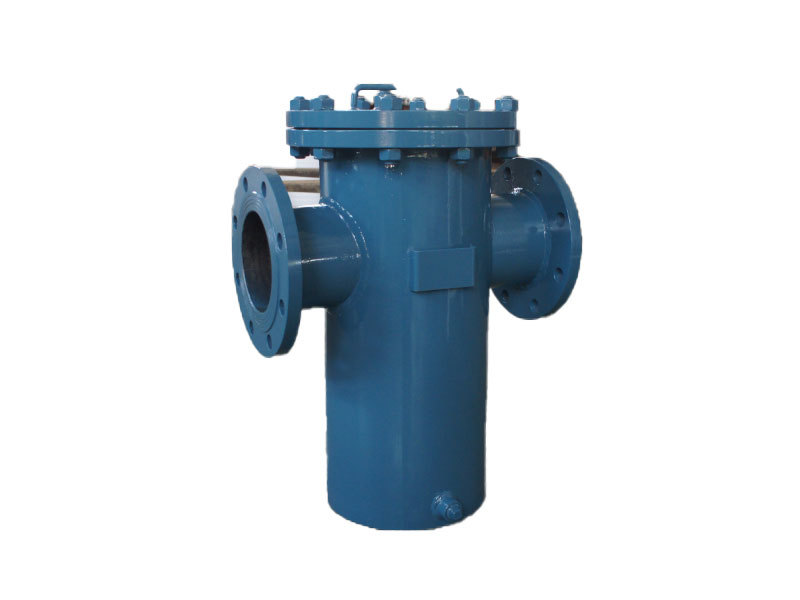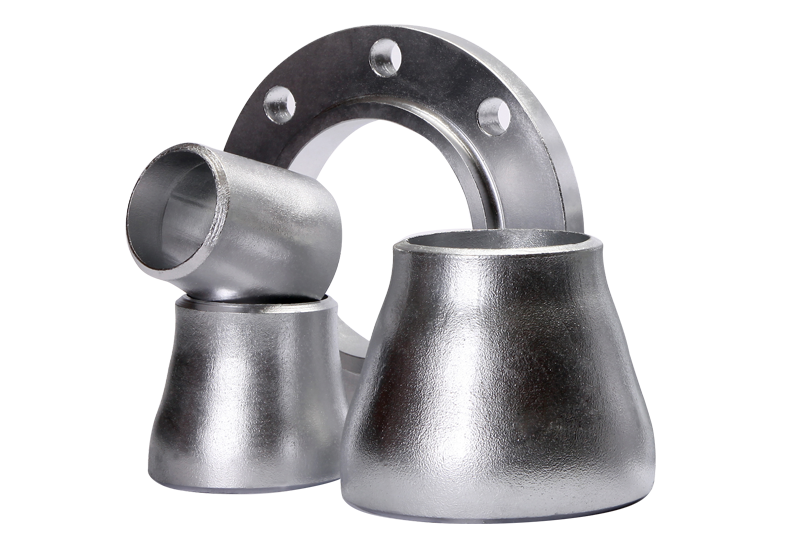Understanding Lap Flanges: Essential Components in Piping Systems
Release time:
2025-11-17
Lap flanges are critical components in piping systems, widely used in various industrial applications. They play a vital role in connecting pipes, valves, and other equipment, ensuring that systems function smoothly and efficiently. Understanding lap flanges involves recognizing their structure, applications, and advantages. A lap flange is a type of flange designed to fit over the end of a pipe.
Lap flanges are critical components in piping systems, widely used in various industrial applications. They play a vital role in connecting pipes, valves, and other equipment, ensuring that systems function smoothly and efficiently. Understanding lap flanges involves recognizing their structure, applications, and advantages.
A lap flange is a type of flange designed to fit over the end of a pipe. It typically features a flat surface that allows for easy attachment to other components. The outer edge of the lap flange overlaps with the joined pipe or fitting, creating a seal that prevents leaks. This design makes lap flanges particularly useful in situations where alignment is crucial.
One of the primary advantages of using lap flanges is their ease of installation. Unlike some other flange types that may require welding or complex fastening mechanisms, lap flanges can often be bolted directly onto the joining components. This simplicity not only streamlines the installation process but also facilitates maintenance and future modifications to the piping system.
Lap flanges are commonly used in various industries, including oil and gas, chemical processing, and water treatment. Their robust construction allows them to withstand high pressures and temperatures, making them suitable for demanding environments. Additionally, lap flanges can be made from various materials, including stainless steel, carbon steel, and plastic, tailoring to the specific requirements of different applications.
Another noteworthy aspect of lap flanges is their flexibility in design. They can be manufactured in different sizes and thicknesses, accommodating a wide range of piping systems. This adaptability ensures that lap flanges can be utilized in both small-scale and large-scale projects, providing reliable connections regardless of the system's complexity.
In terms of installation, it is essential to follow proper guidelines to ensure optimal performance. The mating surfaces of the lap flange and the connected components should be clean and free from debris. Proper alignment is crucial to prevent stress on the flange and the connected pipes, which could lead to leaks or failures in the system.
In summary, lap flanges are essential components in industrial piping systems, offering advantages such as ease of installation, flexibility in design, and robust performance under challenging conditions. Their ability to create reliable connections makes them a popular choice across various industries. By understanding the significance of lap flanges, professionals can make informed decisions regarding their use in different piping applications, ultimately contributing to the efficiency and reliability of industrial operations.
A lap flange is a type of flange designed to fit over the end of a pipe. It typically features a flat surface that allows for easy attachment to other components. The outer edge of the lap flange overlaps with the joined pipe or fitting, creating a seal that prevents leaks. This design makes lap flanges particularly useful in situations where alignment is crucial.
One of the primary advantages of using lap flanges is their ease of installation. Unlike some other flange types that may require welding or complex fastening mechanisms, lap flanges can often be bolted directly onto the joining components. This simplicity not only streamlines the installation process but also facilitates maintenance and future modifications to the piping system.
Lap flanges are commonly used in various industries, including oil and gas, chemical processing, and water treatment. Their robust construction allows them to withstand high pressures and temperatures, making them suitable for demanding environments. Additionally, lap flanges can be made from various materials, including stainless steel, carbon steel, and plastic, tailoring to the specific requirements of different applications.
Another noteworthy aspect of lap flanges is their flexibility in design. They can be manufactured in different sizes and thicknesses, accommodating a wide range of piping systems. This adaptability ensures that lap flanges can be utilized in both small-scale and large-scale projects, providing reliable connections regardless of the system's complexity.
In terms of installation, it is essential to follow proper guidelines to ensure optimal performance. The mating surfaces of the lap flange and the connected components should be clean and free from debris. Proper alignment is crucial to prevent stress on the flange and the connected pipes, which could lead to leaks or failures in the system.
In summary, lap flanges are essential components in industrial piping systems, offering advantages such as ease of installation, flexibility in design, and robust performance under challenging conditions. Their ability to create reliable connections makes them a popular choice across various industries. By understanding the significance of lap flanges, professionals can make informed decisions regarding their use in different piping applications, ultimately contributing to the efficiency and reliability of industrial operations.
Key words:
Related News







